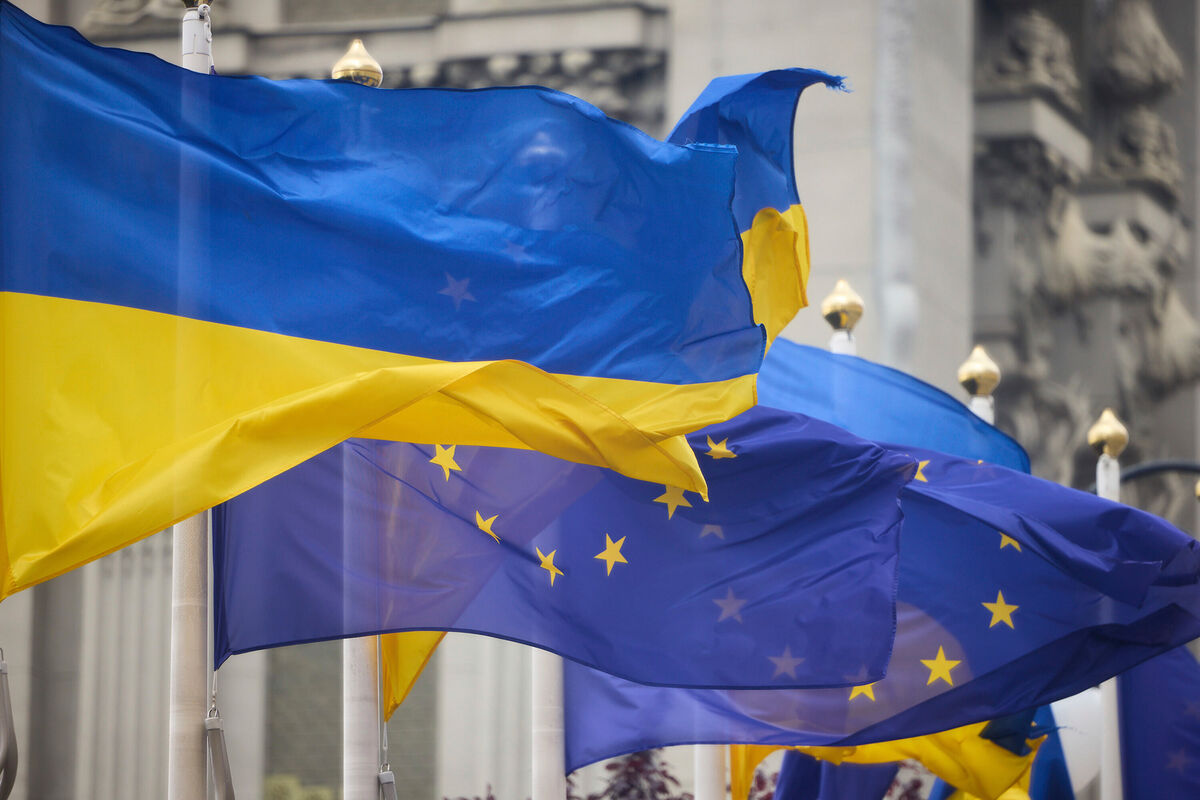
Hungary's constant vetoes have forced the European Union to move away from the current model of financing military support for Ukraine.
This was reported by URA-Inform with reference to RMF24.
We are talking about the functioning of the European Peace Fund. On Wednesday next week, EU ambassadors are supposed to reach a political agreement on the conditions for providing Ukraine with the European share of aid in a 50 billion euro loan using revenues from frozen Russian assets.
We are talking about a loan from the G7, within the framework of which the European Union plans to provide Ukraine with up to 35 billion euros.
The draft resolution stipulates that a significant portion of the funds will be directed to programs financed from the EU budget, and only 5% to the European Peace Fund, from which the EU will compensate member states for the cost of military aid transferred to Ukraine. A simple majority will be enough for the decision, so Hungary will not be able to veto it.
The constant obstacles from Budapest are one of the reasons why the European Union plans to move away from using the European Peace Fund as the main instrument of military support for Ukraine.
Until now, about 90% of the funds from the income from the frozen assets of the Russian central bank were directed to support Ukraine through the Peace Fund: the EU agreed on this decision in June, bypassing Hungary's resistance, and transferred the first tranche there a month later.
Meanwhile, Ukraine plans to change the principle of calculating pensions: Zholnovich shared the details.

